CJEU: When assessing the technical function of an industrial design, all circumstances must be taken into account, including the existence of alternative designs
Pursuant to Article 8(1) of Council Regulation (EC) No 6/2002 of 12 December 2001 on Community designs, a Community design shall not include features of appearance of a product which result solely from its technical function. Thus, it is of utmost importance to determine what exactly constitutes the technical function. In Case C-684/21, the CJEU adjudicated as to what circumstances are to be taken into account when assessing this function.
Proceedings before the German court:
The plaintiff company manufactures wrapping paper dispensers. It has a registered Community design (001344022-0006) representing such a device.
The plaintiff demanded that the defendant company (which manufactured competing equipment) desist from infringing the Community design. The defendant argued that all the features of the disputed product were the result of a technical function and, therefore, there was no infringement of the design.
The trial court posed a question to the CJEU as to what relevance had the fact that the owner of the design in question also has rights to a large number of registered alternative designs in the examination of the technical function. In addition, the trial court wondered what relevance the colour of the product in question had.
CJEU judgment:
In its judgment of 2 March 2023 (ref. C-684/21), the Court held that Article 8 par. 1 of Regulation 6/2002 must be interpreted as meaning that the assessment of whether the features of the form of a product result exclusively from its technical function, within the meaning of that provision, must be made in the light of all the relevant objective circumstances of the case, in particular those determining the choice of those features, the existence of alternative designs capable of performing the same technical function and the fact that the holder of the design in question also enjoys registration rights over a large number of alternative designs, the latter circumstance not being decisive for the purposes of the application of that provision. In the context of colour, the CJEU stated that, when examining whether the form of a product results solely from its technical function, the fact that the design of that product makes it possible to incorporate a larger number of colours cannot be taken into account if that multiplicity of colours does not result from the registration of the design in question.
With regard to alternative designs, the Court pointed out that ”if that circumstance was sufficient in itself to exclude the application of Article 8(1) of Regulation No 6/2002, a single economic operator would be able to obtain several registrations as a Community design of different possible forms of a product incorporating features of appearance of that product which are dictated solely by its technical function. That would enable such an operator to benefit, with regard to such a product, from exclusive protection which is, in practice, equivalent to that offered by a patent, but without being subject to the conditions applicable for obtaining the latter.”
As for the colour of the product in question, the CJEU reasoned that: “the mere possibility of a multicolour appearance allowed by the two-part configuration of the product concerned is subjective in nature if that multicolour appearance does not appear in the representation of the design at issue in the main proceedings and cannot be sufficient, as such, to exclude the application of the exclusion provided for in Article 8(1) of Regulation No 6/2002. The opposite interpretation could lead to a lack of precision or certainty regarding the precise matter to be protected by the design”.
Comment:
The judgment at hand provides significant guidance in proceedings where one party relies on the technical function of a design. The CJEU’s decision clarifies which factors should be taken into account during such disputes.
See more:
The complexity and high level of subjectivity in assessing the likelihood of confusion based on three recent CJEU judgements
A likelihood of confusion exists when consumers can be misled into believing that goods or services bearing the opposing trademarks originate from the same company or from economically linked companies. It is assumed that the assessment of the likelihood of...
Overview of CJEU case law from 12 April 2025 to 4 May 2025
Below we present an overview of CJEU case law concerning intellectual property for the period from 12 April 2025 to 4 May 2025. T-338/24 - Mobility Trader v EUIPO - Cala and Ruiz (hey car select) - The case concerned opposition proceedings (likelihood of confusion). -...
Polish Patent Office confirms broad monopoly of a word trademark (decision of the Polish Patent Office of 15 April 2025 in case Sp.180.2023)
On the 31st of July 2014, a Polish company Browary Regionalne Jakubiak sp. z o.o. filed an application with the Polish Patent Office for a device trademark including word SMOK [EN dragon] for goods in class 32, i.e. beer, non-alcoholic beer. (R.275353, registered on...
